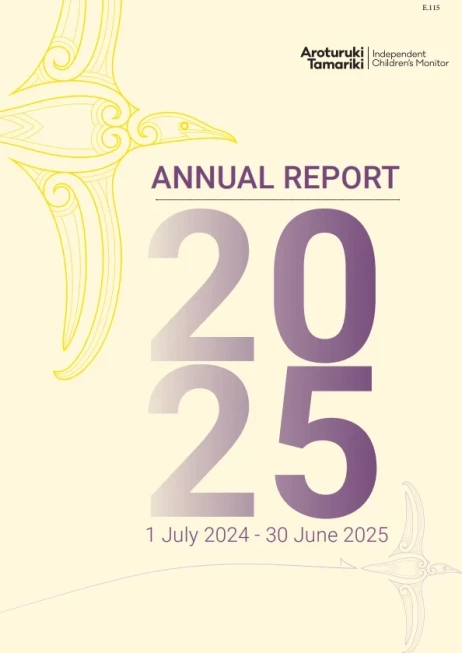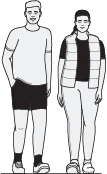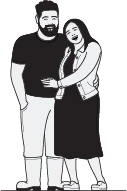About us
Aroturuki | Independent Children’s Monitor was established in 2019 to monitor compliance with the National Care Standards Regulations. Our role was expanded on 1 May 2023 to monitor the wider oranga tamariki system. This includes monitoring the agencies that are responsible for providing services or support to tamariki (children) and (young people) known to Oranga Tamariki.









